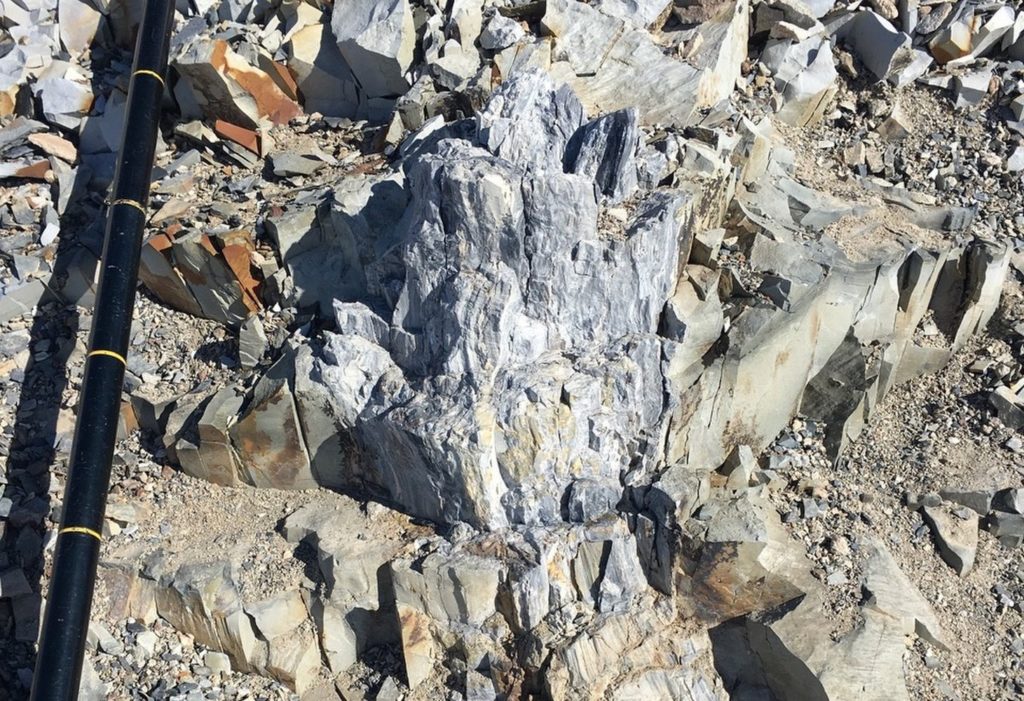‘God’s Word Is True’: Geologist Says Unusual Discovery in Antarctica Confirms Biblical Flood Account

A Christian geologist with a leading creation science organization says the recent discovery of fossilized tree stumps in Antarctica confirms the Bible’s account of the Great Flood in Genesis.
Writing on the Institute for Creation Research’s (ICR) website, Dr. Tim Clarey describes the recent discovery of of the well-preserved stumps.
“The trees were found in Antarctica’s Transantarctic Mountains and include a mix of evergreens, deciduous trees, and gingkoes,” he says. “This discovery should be no surprise to those who take Genesis as literal history.”
University of Wisconsin–Milwaukee geologists Erik Gulbranson and John Isbell found the fossilized trees while conducting research on the ice-covered continent. In total, they collected fragments from 13 trees.
“People have known about the fossils in Antarctica since the 1910-12 Robert Falcon Scott expedition,” Gulbranson said. “However, most of Antarctica is still unexplored. Sometimes, you might be the first person to ever climb a particular mountain.”
Gulbranson and Isbell believe the ancient trees lived 260 million years ago, before a massive extinction event killed them off.
“This forest is a glimpse of life before the extinction, which can help us understand what caused the event,” Gulbranson said.
“The Permian Period ended 251 million years ago in history’s greatest mass extinction, as the Earth rapidly shifted from icehouse to greenhouse conditions,” explains a University of Wisconsin–Milwaukee report. “More than 90 percent of species on Earth disappeared, including the polar forests.”
Secular scientists are not sure what triggered the extinction event at the end of the Permian Period, but many think a series of catastrophic volcanic eruptions were to blame.
Clarey, however, believes the calamity that killed and buried the trees in Antarctica was the Great Flood described in Genesis.
“The Bible clearly describes a global Flood that affected all land masses—why should Antarctica be an exception?” he writes.
Because trees cannot survive in Antarctica’s bitterly cold climate today, the discovery of the tree fossils indicates that the continent’s weather conditions were significantly warmer and more humid in the past. This evidence lines up with a popular young-earth creation view that earth’s climate was warmer and milder before the Great Flood.
“The greenhouse effect would have meant that the earth was uniformly warm and mild [prior to the Flood],” said Dr. Henry Morris, co-founder of ICR, in a 1968 seminar talk. “The latitudinal differences in temperature would have been minimal.”
The condition of the fossilized trees—exquisitely preserved with traces of proteins and amino acids still intact—also makes sense if the trees were suddenly killed by the Great Flood only a few thousand years ago, says Clarey.
“How could proteins and original amino acids survive for millions of years?” he says. “The secular science community has no viable answers to explain remarkable finds like these.”
Although Gulbranson and Isbell believe the recently-discovered trees are millions of years old, Clarey says the fossils “tell a different and a far more recent story—one that fits the biblical account of a global Flood just thousands of years ago.”
“These trees were buried rapidly during the global Flood described in Genesis,” he argues. “Temperate and tropical plants and animals were caught up and quickly buried in the ash, mud, and sand that engulfed them in this cataclysmic event. These fossils remind us that God’s Word is true.”







Comments are closed.